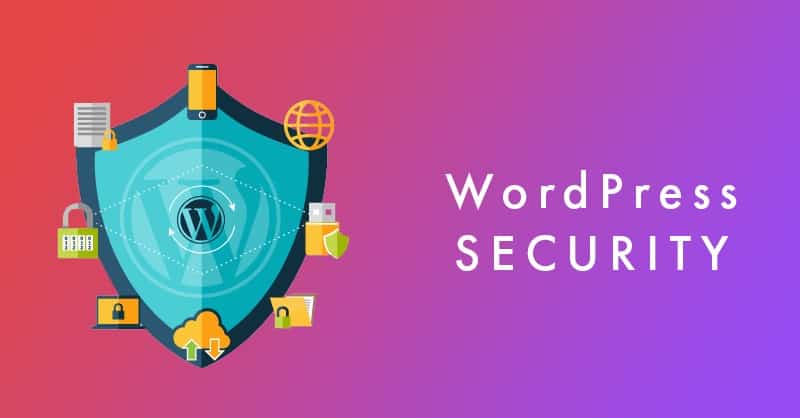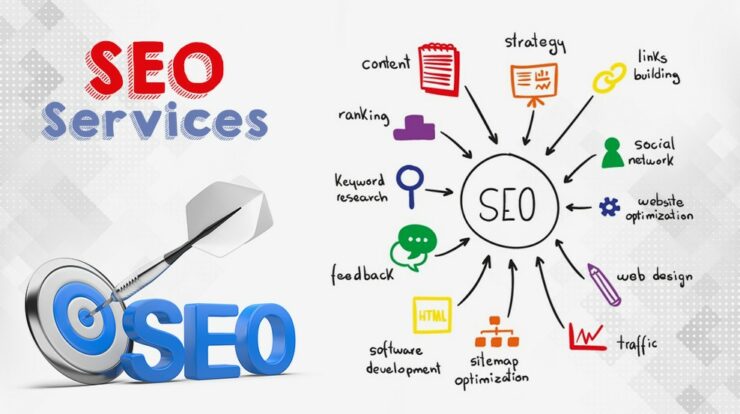
Undoubtedly, WordPress is one of the most popular, stable, and secured CMS platforms across the globe. It powers over 35% of websites on the internet.
Since it’s an open-source platform, developers across the globe make valuable contributions. For this reason, it’s not only popular among users but malware practitioners too.
WordPress security is the primary concern of every user. Google blacklists 10,000+ sites for being contaminated with malicious content.
If you’re serious about your WordPress website, you should consider the above-stated fact and take all the necessary steps to secure your site from malware practitioners and hackers.
Since many developers are contributing, a lot can be done when it comes to WordPress website security. It’s not only about eliminating the risk but reducing it as well.
To make it easier for you, in this guide, we have listed 7 actionable steps that you can take to secure your WordPress website.
Let’s begin.
Secure your WordPress Website in 7 Steps
1. Choose a Good Hosting Service Provider
Before starting a website, the first thing every user needs is a hosting server. Initially, users prefer to opt for an average hosting provider because of their budget.
However, choosing a quality hosting provider is essential when it comes to your website’s security. Always choose a hosting provider who offers multiple security layers to keep your websites secured from malwares.
When choosing a hosting provider, pay a little more attention to the security measures they’re taking to keep websites secure.
We suggest users avoid choosing a shared server because if one website is hacked or contaminated with malwares, others will likely be affected.
Moreover, investing in the right hosting provider can also decrease the page loading time, which will benefit your website.
If you’re looking for a hosting provider or planning to switch to a new one, we recommend you to go for either Liquid Web or WP Engine.
2. Avoid using Nulled WordPress Plugins and Themes
We all love free stuff.
When you’re getting something for free, then why pay for it?
This human mindset can cost you a bomb in the WordPress development space.
Users find nulled plugins and themes pretty tempting.
Without paying a penny, users get a particular plugin or theme to integrate advanced features on their website to improve its functionality and visual appearance.
What they forget is that these nulled plugins and themes are often polluted with malicious content. When you activate it on your website, the malware starts infecting your website.
Moreover, installing a nulled plugin or theme is like giving a full opportunity for hackers to create backdoors on your website so they can mess around easily.
Not just this, they even have bugs in them that can corrupt your website.
So make sure never even think about using a nulled WordPress plugin or theme ever.
3. Using Strong Login Credentials (Passwords)
When it comes to website’s security, password plays a significant role in securing it. Unfortunately, most of the users often overlook it, and it leads to severe consequences.
Most of the users use simple and plain passwords like password, 123456, abc123, etc. If you’re using a password like this, we strongly suggest changing it before hackers crack it immediately.
Always use a complex password using uppercase and lowercase letters, special characters, and digits. For that you can use the Password Generator Tool.
4. Updating WordPress Core, Plugins, and Themes
Another way to harden your WordPress site’s security is to keep it up-to-date. It means you’ve to keep WordPress core, plugins, and themes. There are several reasons why you should update all the files of WordPress.
Firstly, whenever a new update comes, developers have released an advanced version of it, but they have fixed the security vulnerabilities that might have been causing issues previously.
If you avoid or refuse to ignore them, then they can cause some serious trouble. Either they will break your website or give room to hackers to inject malwares on your website.
Sometimes Google bans your website, and you have to rebuild it from scratch.
Also, never use an outdated version of PHP on your website. Using an old PHP version gives room to cyberpunks to inject malicious codes on your website, leading to massive destruction.
Moreover, if you avoid updating the PHP version on your website, it can cause compatibility issues. So make sure you’re using the latest PHP version on your website always.
We strongly advise users to keep everything up-to-date on your website to keep it secured from hackers.
5. Install SSL Certificate
Single Sockets Layer as known as SSL certificate, is necessary and beneficial for any WordPress website.
Primarily, an SSL certificate is added to secure specific transactions like payment processes.
SSL Certificate is mandatory for every website that processes any sensitive information, including login credentials or credit card details.
This acts as encryption because it hides this confidential data from hackers.
Therefore, when choosing a hosting provider, it’s essential to check if you’re getting an SSL certificate or not. If they’re not providing one, either choose some other hosting provider or get it manually.
Just remember to get one.
6. Assigning Right User-Roles
Understanding user roles and managing them is essential to keep your website secure.
If you have a large team managing your site, it’s essential to assign the right user roles to the right people.
It helps ensure that no other person managing your site has more power than they require so that in your absence, they cannot mess around.
In this way, you can keep your website secured, and you can streamline the workflow seamlessly.
7. Using Security Plugins
After going through the above actionable steps, you must be thinking keeping your website secure is a sturdy task.
Since most of the web owners have a lot on their plates, therefore it becomes difficult for them to regularly examine security vulnerabilities on their website and take the necessary steps to fix them.
Luckily, WordPress offers an optimal solution to such users. There are plenty of security plugins available in the official WordPress plugins repository.
A security plugins monitor your site 24/7, scans for malware, and takes necessary steps to protect it from hackers.
We suggest users use the Sucuri security plugin. It offers file integrity monitoring, security activity auditing, blacklist monitoring, remote malware scanning, post-hack security actions, effective security hardening, and a website firewall.
No matter which security plugin you choose, make sure it offers all those advanced features that can help you secure your website.
Key Takeaways
In this guide, we have discussed 7 but most important actionable steps which every user must take to secure their website.
Make sure to follow them and keep your website safe and secured.







